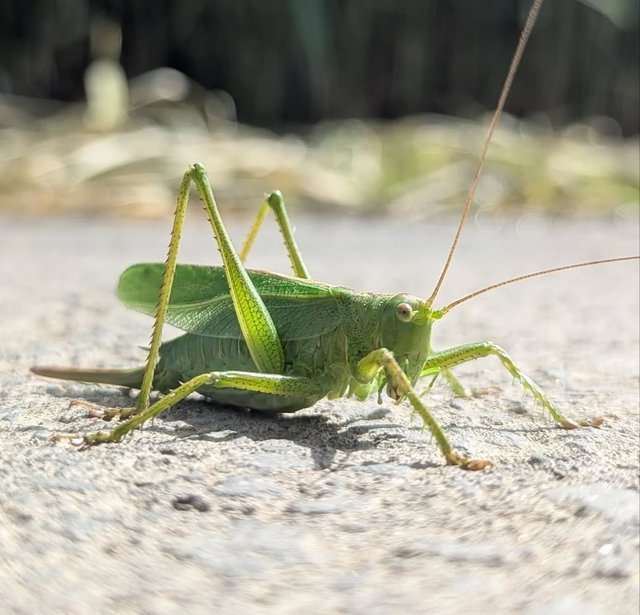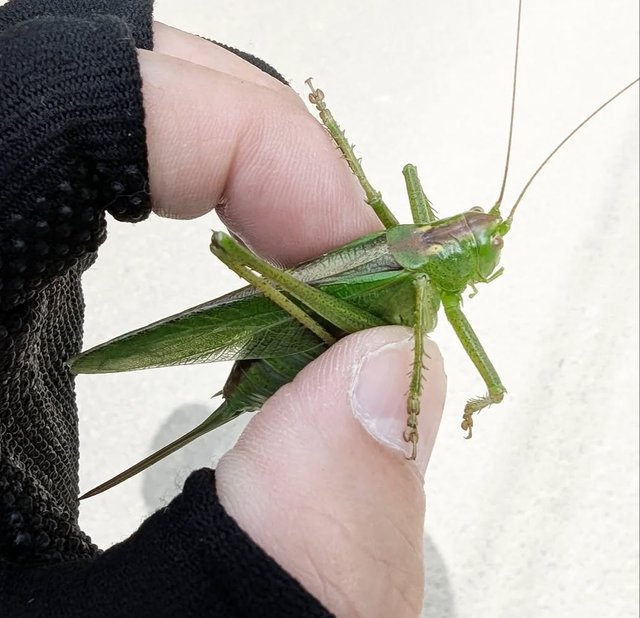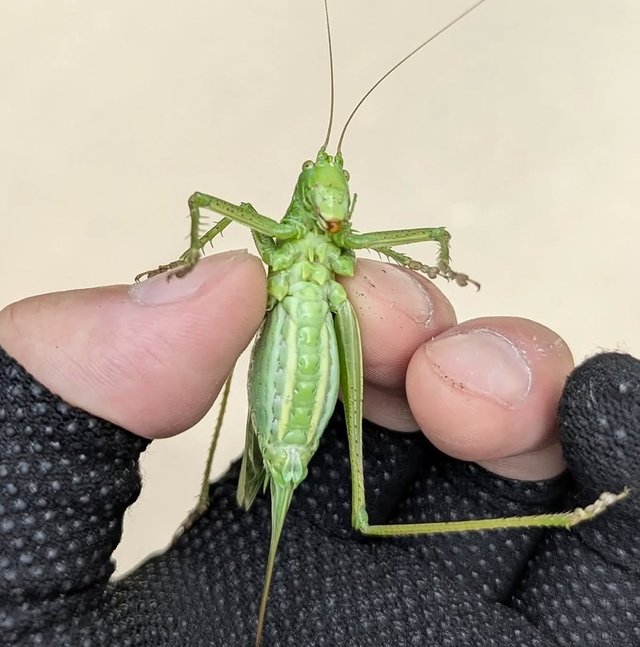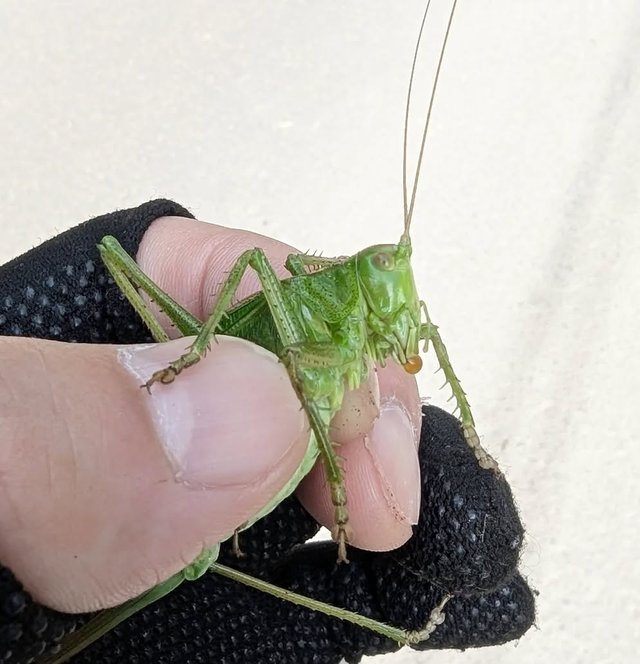So Cute Grasshopper Insect
Grasshopper: Nature’s Ancient Jumping Insect
Grasshoppers are among the most recognizable insects in the world, known for their powerful hind legs, which allow them to make spectacular jumps, and their constant chirping in fields and meadows. Belonging to the suborder Caelifera within the order Orthoptera, grasshoppers are ancient insects, with evolutionary roots tracing back to over 250 million years ago, long before the age of dinosaurs.
Physical Characteristics
Grasshoppers are medium to large-sized insects, typically measuring between 1 to 7 centimeters in length, though some tropical species can be much larger. They have:Long hind legs designed for jumping, capable of propelling them up to 20 times their body length.
Two pairs of wings: the front pair is leathery and narrow, while the back pair is membranous and used for flight.
Antennae that are typically short and threadlike.
Strong mandibles for chewing plant material.
Large compound eyes, giving them excellent vision to detect predators and mates.
Their coloration often ranges from green to brown, providing camouflage in grasslands and fields, but some species can have vivid patterns and warning colors to deter predators.
Habitat and Distribution
Grasshoppers are cosmopolitan insects, found on every continent except Antarctica. They are especially abundant in:
Grasslands and savannas
Meadows and agricultural fields
Forests edges and shrublands
They thrive in warm, dry environments but can also adapt to high altitudes and arid deserts. Their wide distribution has made them one of the most successful insect groups on Earth.
Diet and Feeding Behavior
Grasshoppers are primarily herbivorous, feeding on a wide variety of grasses, leaves, flowers, and crops. Some species, however, can become highly polyphagous, consuming almost any plant material they find. They use their powerful mandibles to cut through tough plant fibers.




%20(7).jpeg)